Deck & Commander Strategies
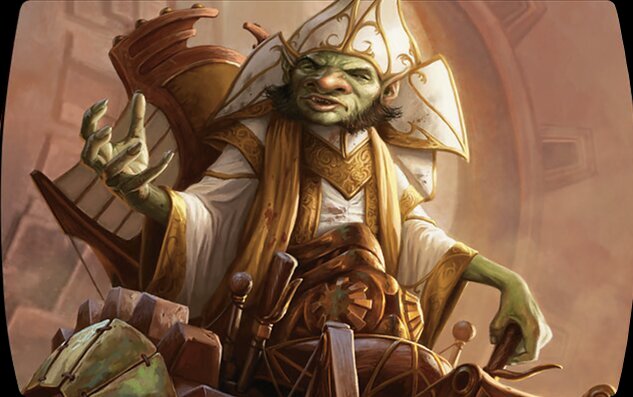
Daretti, Scrap Savant
Uses artifact sacrifice and recursion to control the board, proliferate counters, and generate card advantage. Builds incremental value through cards like Contagion Engine and Scrap Mastery, aiming to outvalue opponents and dominate with artifact synergy.
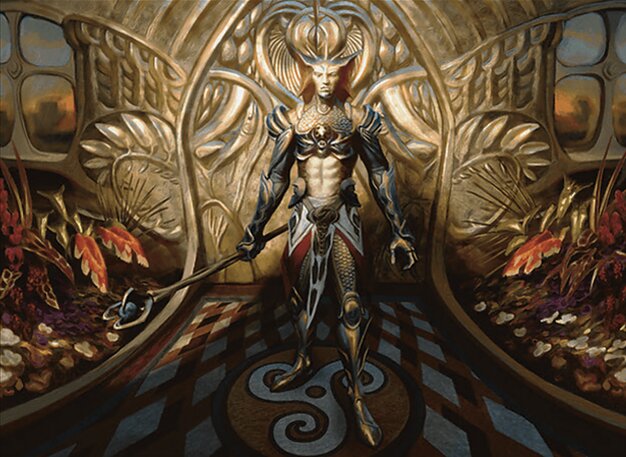
Vorel of the Hull Clade
Focuses on placing and doubling +1/+1 counters on creatures and artifacts to create massive threats. Uses proliferate mechanics and synergistic creatures to overwhelm opponents with large creatures and board control.
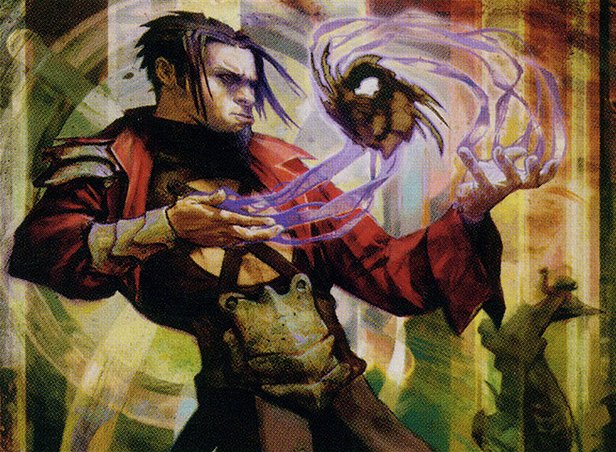
Mishra, Artificer Prodigy
Leverages artifact recursion and combo pieces such as Mirrorworks and Platinum Angel to maintain board presence and protect from lethal damage. Uses artifact synergy to stabilize and build towards combos.
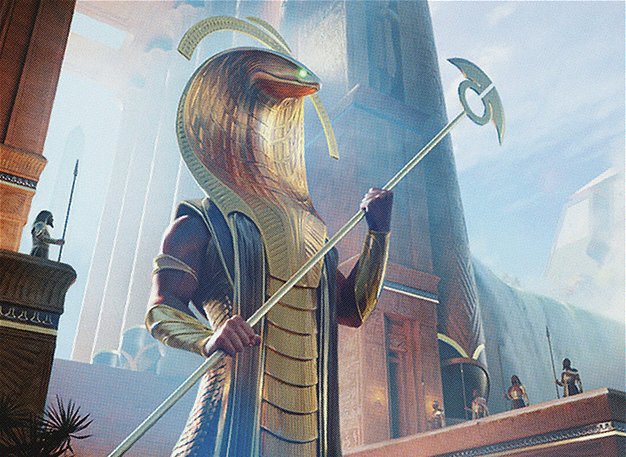
Rhonas the Indomitable
Aggressive ramp and creature-based strategy that pressures opponents early. Uses spells and abilities like Mirage Mirror copying Platinum Angel to protect key creatures and maintain board control.
Gameplay Insights
- 1
Daretti’s use of Contagion Engine to proliferate -1/-1 counters effectively weakened opponents’ creatures while growing his own board state through artifacts.
- 2
Recycling artifacts with Scrap Mastery and Daretti’s emblem allowed repeated value and resilience against board wipes.
- 3
Vorel’s doubling of counters via activated abilities created significant threats quickly, forcing other players to react.
- 4
Mishra’s tactic of casting Mirrorworks and Platinum Angel provided both board presence and protection from lethal damage, enabling a stall strategy.
- 5
Rhonas’s tactical use of Mirage Mirror to copy Platinum Angel demonstrated a clever way to protect key creatures and deter attacks.
- 6
Proliferation and counter manipulation were central mechanics around which the game revolved, influencing combat outcomes and board state.
- 7
Players balanced aggressive combat with strategic artifact and counter management, creating a dynamic and interactive board.
- 8
The use of sacrifice outlets and recursion spells allowed players to maintain resources and pressure despite board clears.
Notable Cards
-
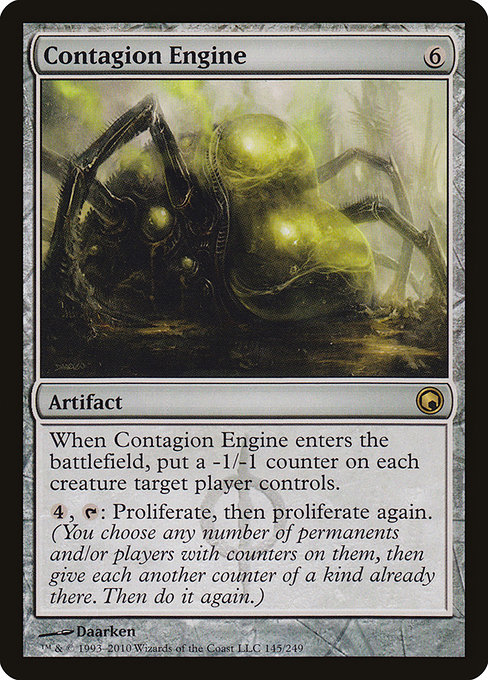
Contagion Engine
-
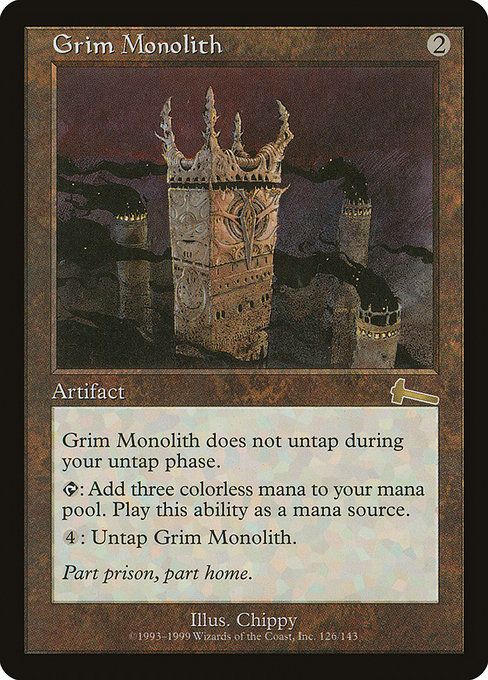
Grim Monolith
-
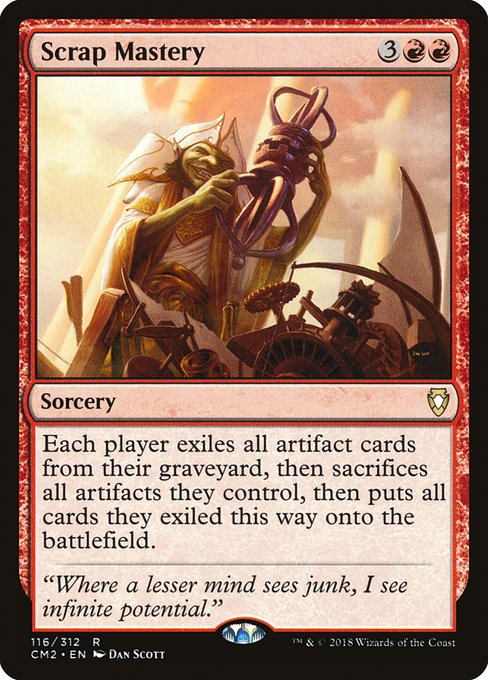
Scrap Mastery
-
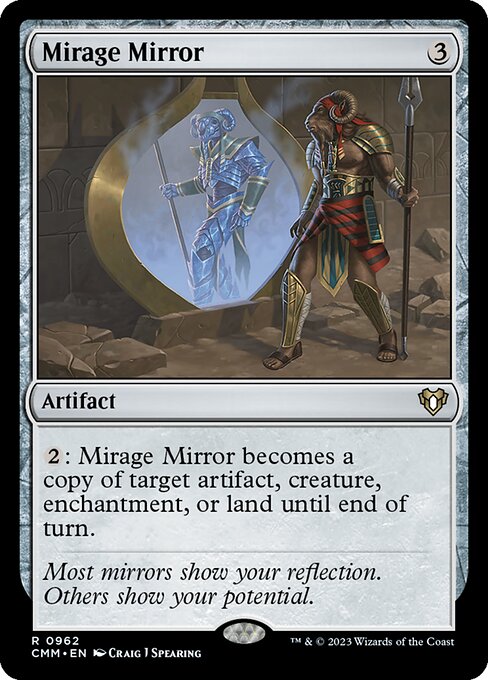
Mirage Mirror
-
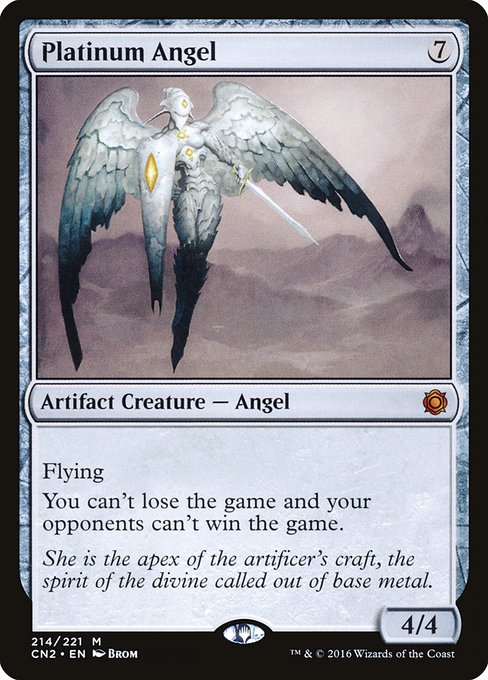
Platinum Angel
-
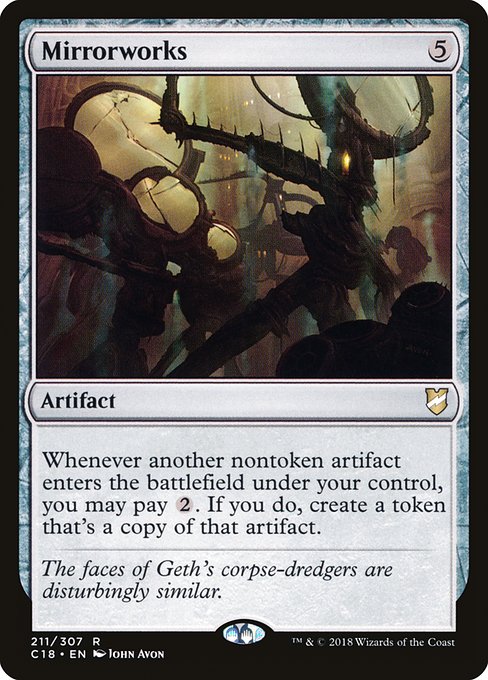
Mirrorworks
-
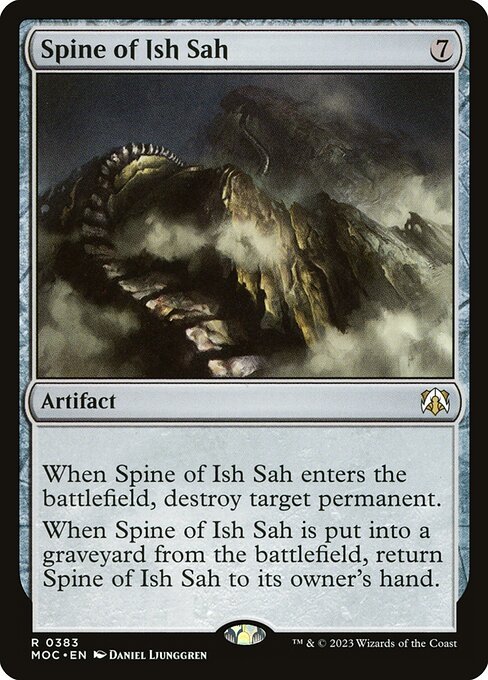
Spine of Ish Sah
-
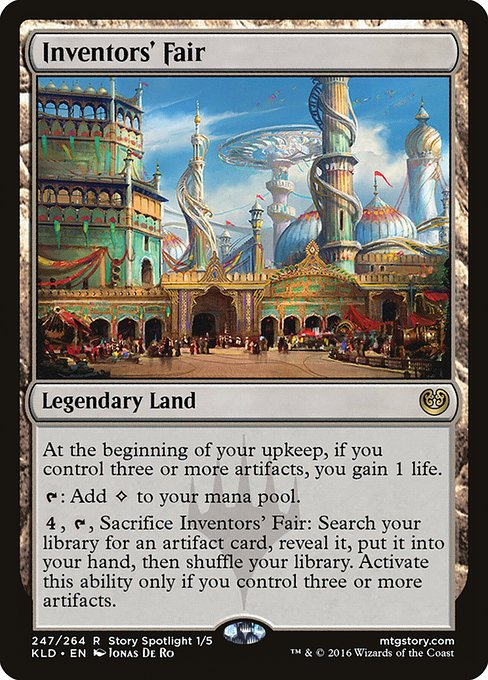
Inventors' Fair
-
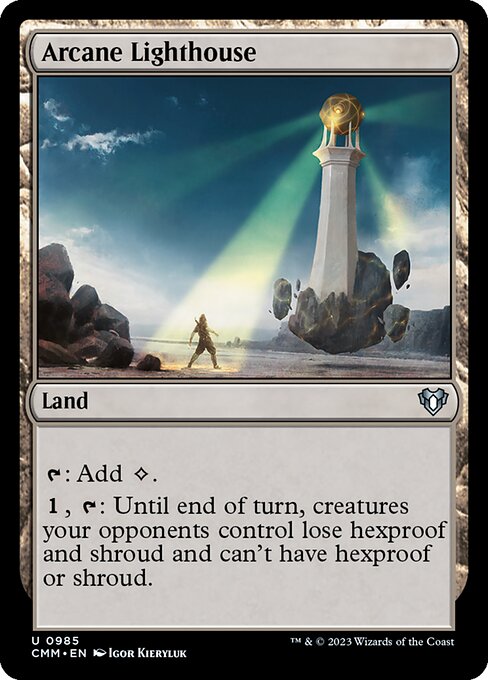
Arcane Lighthouse
-
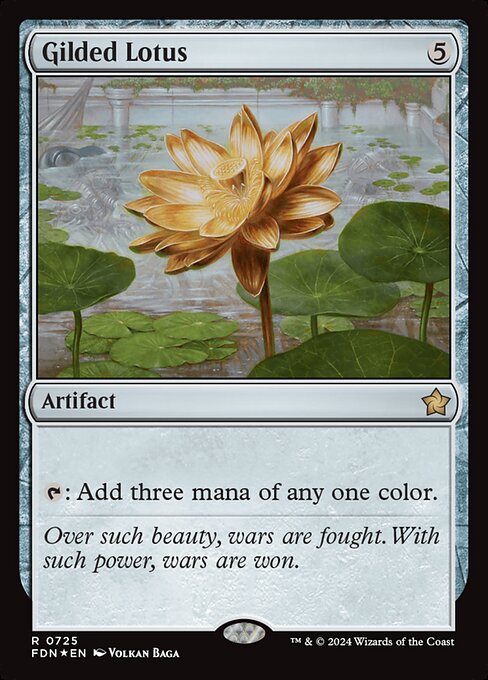
Gilded Lotus
-
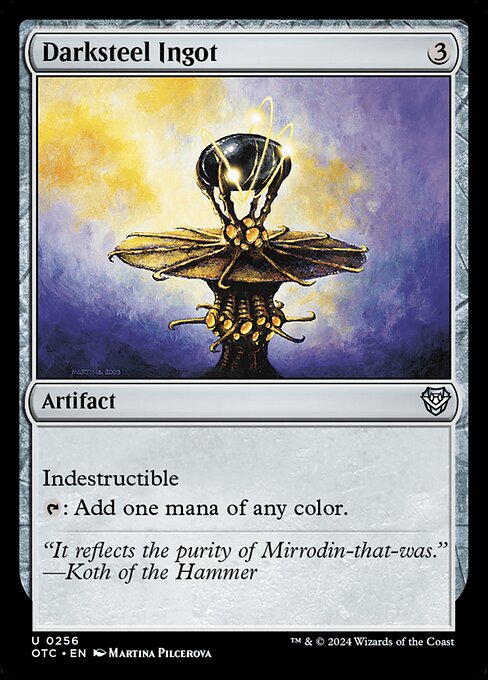
Darksteel Ingot
-

Blasphemous Act
-
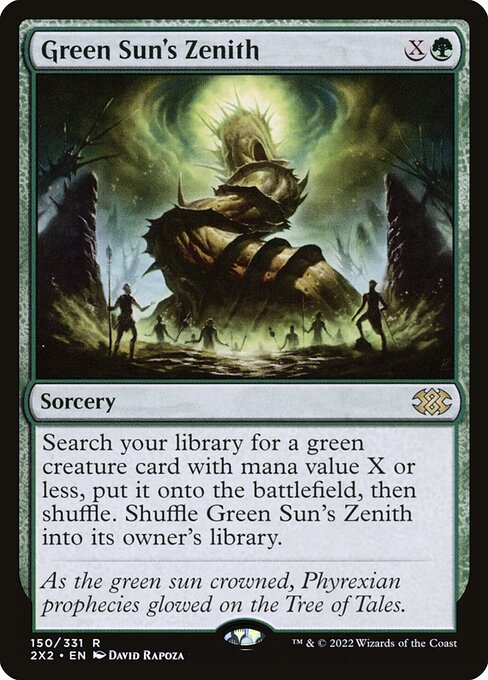
Green Sun's Zenith
-

Avenger of Zendikar
Gameplay Summary
The game opened with all players establishing their mana bases and early board presence.
The Daretti player quickly established a strong artifact synergy, casting Daretti and leveraging cards like Contagion Engine and Grim Monolith to proliferate counters and generate incremental advantage.
Vorel’s deck focused on counters and doubling them on key creatures and artifacts, steadily increasing threats like Major Network and Breathing Banshee.
Mishra utilized artifact recursion and combo pieces such as Mirrorworks and Platinum Angel to stabilize and threaten.
Rhonas provided aggressive ramp and creature-based pressure, copying Platinum Angel with Mirage Mirror to protect himself. Key turning points included Daretti’s use of Contagion Engine to spread -1/-1 counters, disrupting opponents’ boards while simultaneously proliferating his own counters.
The Daretti player also capitalized on sacrificing artifacts, reviving them with Scrap Mastery and leveraging his emblem to maintain board presence.
Vorel’s player effectively doubled counters to create large threats like a 20/20 Breathing Banshee, applying significant pressure.
Mishra’s recursion of powerful artifacts and creatures helped sustain his position, while Rhonas’s aggressive plays and copying of Platinum Angel created a stalwart defense.
As the game progressed, the table became crowded with creatures and artifacts, and players jockeyed for position through combat and proliferating counters.
The Daretti player’s ability to manipulate counters and recur artifacts was a central theme, while the others sought to leverage their unique synergies for board dominance.






















![Commander VS S6E1: Vorel vs Ghost Council of Orzhova vs Bosh vs Varolz [MTG] thumbnail](https://i.ytimg.com/vi/mFRQJMI6GOc/sddefault.jpg)
![Commander Vs S2E6: Ulasht vs Vorel vs Mirko Vosk vs Ghost Council [MtG: Multiplayer] thumbnail](https://i.ytimg.com/vi/LJUddrBSel8/sddefault.jpg)





![Commander VS S6E3: Jarad vs Selvala vs Daretti vs Mishra [MTG] thumbnail](https://i.ytimg.com/vi/z5dT7_TLJF4/sddefault.jpg)




